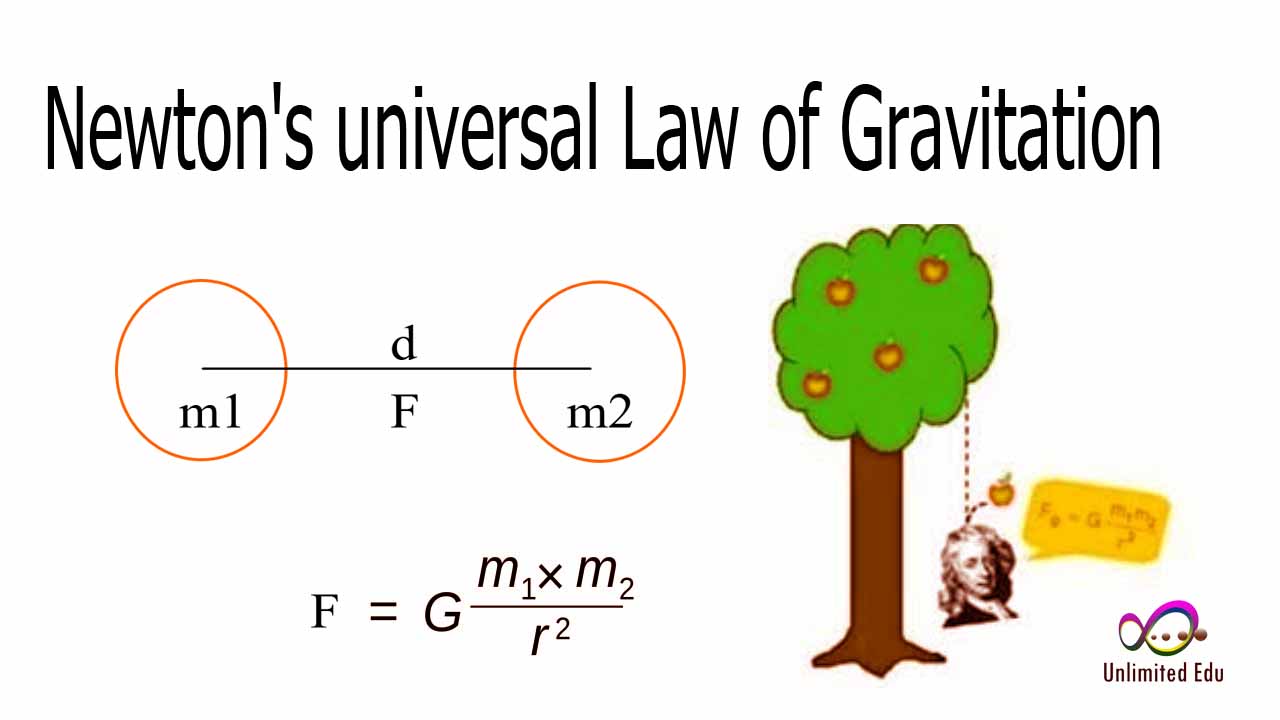Understanding The Forces: Between Two Objects? Increasing The Masses Of The Objects And Increasing The Gravitational Pull
Have you ever pondered the intricate dance of gravitational forces that occur between two objects? The relationship between mass and gravity is a fascinating topic that has intrigued scientists and curious minds alike for centuries. When we talk about the pull between two objects, we are often referring to the fundamental principles of physics that govern how these entities interact with one another. Understanding this relationship is not only important in academic settings but also has practical applications in our daily lives, from the way we move to how we build structures.
The concept of gravity and its dependence on mass can be encapsulated by Newton's Law of Universal Gravitation. This law states that every particle of matter in the universe attracts every other particle with a force that is directly proportional to the product of their masses and inversely proportional to the square of the distance between their centers. This means that if we increase the masses of the objects involved, we will observe a corresponding increase in the gravitational force between them. But how does this work in real-life scenarios, and what factors come into play?
As we delve deeper into the relationship between two objects, we must consider the implications of increasing their masses. How does this affect the gravitational pull between them? What are the factors that contribute to this phenomenon? In this article, we will explore these questions and provide insights into the fascinating world of gravitational forces, elucidating the complex interactions that occur between two objects when their masses are increased.
What is Gravitational Force?
The gravitational force is an attractive force that pulls two masses toward each other. It is one of the four fundamental forces of nature, the others being electromagnetic, strong nuclear, and weak nuclear forces. The strength of this force depends on two key factors: the masses of the objects and the distance between them.
How Does Mass Affect Gravitational Pull?
The relationship between mass and gravitational pull can be summarized as follows:
- As the mass of an object increases, the gravitational force it exerts on another object also increases.
- The gravitational force decreases as the distance between two objects increases.
Increasing Masses: What Happens to Gravitational Force?
When the masses of two objects are increased, the gravitational pull between them becomes stronger. This can be illustrated through a simple example: consider two planets. If we were to double the mass of both planets, the gravitational force between them would also double. This principle applies not only to celestial bodies but also to everyday objects.
Between Two Objects: How Can We Measure Gravitational Force?
Measuring gravitational force can be done using various methods, including:
- Using a Spring Scale: A spring scale can measure the force exerted on an object due to gravity.
- Using a Pendulum: The period of a pendulum can be affected by gravitational pull, allowing for calculations of the force.
- Using a Force Sensor: This electronic device can measure the gravitational force directly.
What Implications Does This Have in Real Life?
The implications of understanding the gravitational force between two objects are vast. In fields such as engineering, astrophysics, and even medicine, knowledge of how mass affects gravitational pull is crucial. For instance, engineers must consider gravitational forces when designing structures to ensure they can withstand the weight of their materials and any additional loads.
How Do We Apply This Knowledge in Space Exploration?
Space exploration is perhaps one of the most fascinating applications of gravitational principles. When launching spacecraft, engineers must account for the gravitational pull of the Earth, as well as other celestial bodies they may encounter. This requires precise calculations and an understanding of how increasing the mass of a spacecraft can influence its trajectory and the forces acting upon it.
Can We Experiment with Increasing Masses and Observing Changes?
Indeed, we can conduct simple experiments to observe the effects of increasing the masses of objects on gravitational pull. For example, by using weights of varying mass and measuring the force exerted on a spring scale, one can observe firsthand how increasing mass correlates with increased gravitational force.
What Are Some Everyday Examples of This Phenomenon?
Everyday examples of gravitational force at play include:
- Two people standing on a seesaw—when one person increases their weight, the seesaw tilts more towards them.
- A basketball and a bowling ball dropped from the same height—both hit the ground simultaneously, but the bowling ball exerts a greater force upon impact due to its larger mass.
Conclusion: Why Understanding Gravitational Forces Matters?
In conclusion, the relationship between two objects and the effects of increasing their masses on gravitational pull is a fundamental aspect of physics that has far-reaching implications. By grasping the intricacies of gravitational forces, we can better navigate the physical world around us and apply this knowledge to various fields, from engineering to space exploration. As we continue to explore and learn about these forces, we unravel more of the mysteries of our universe, making physics not only a subject of study but also a fascinating lens through which to view the world.
Article Recommendations
- Justin Fields Wife
- Who Is Calvin Johnsons Wife
- Shemar Gay
- Vedang Raina Parents
- Corey Harrison
- Meghan Markle Kids
- Trump Iq Score
- Melissa Sue Anderson
- Zach And Jeremy Roloff Feud
- Jason Momoa And Amber Heard Baby


